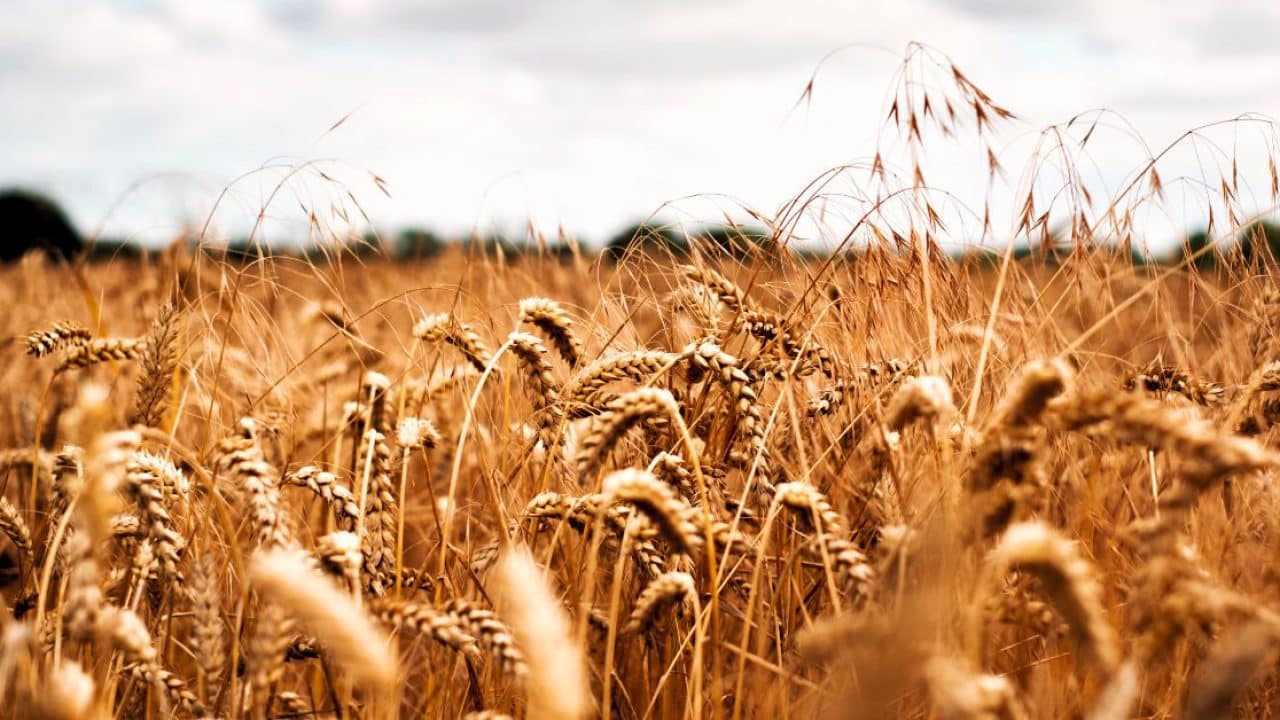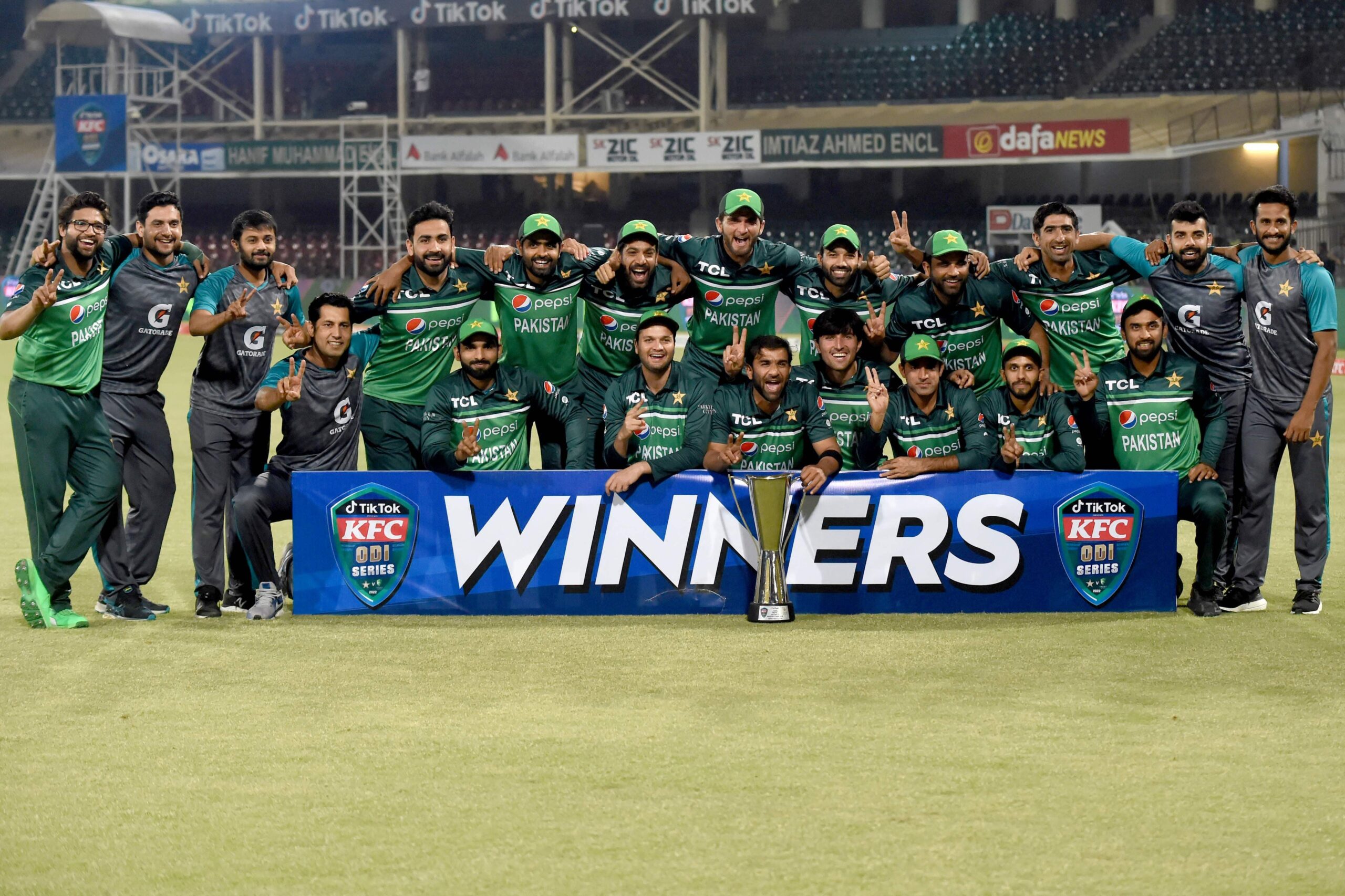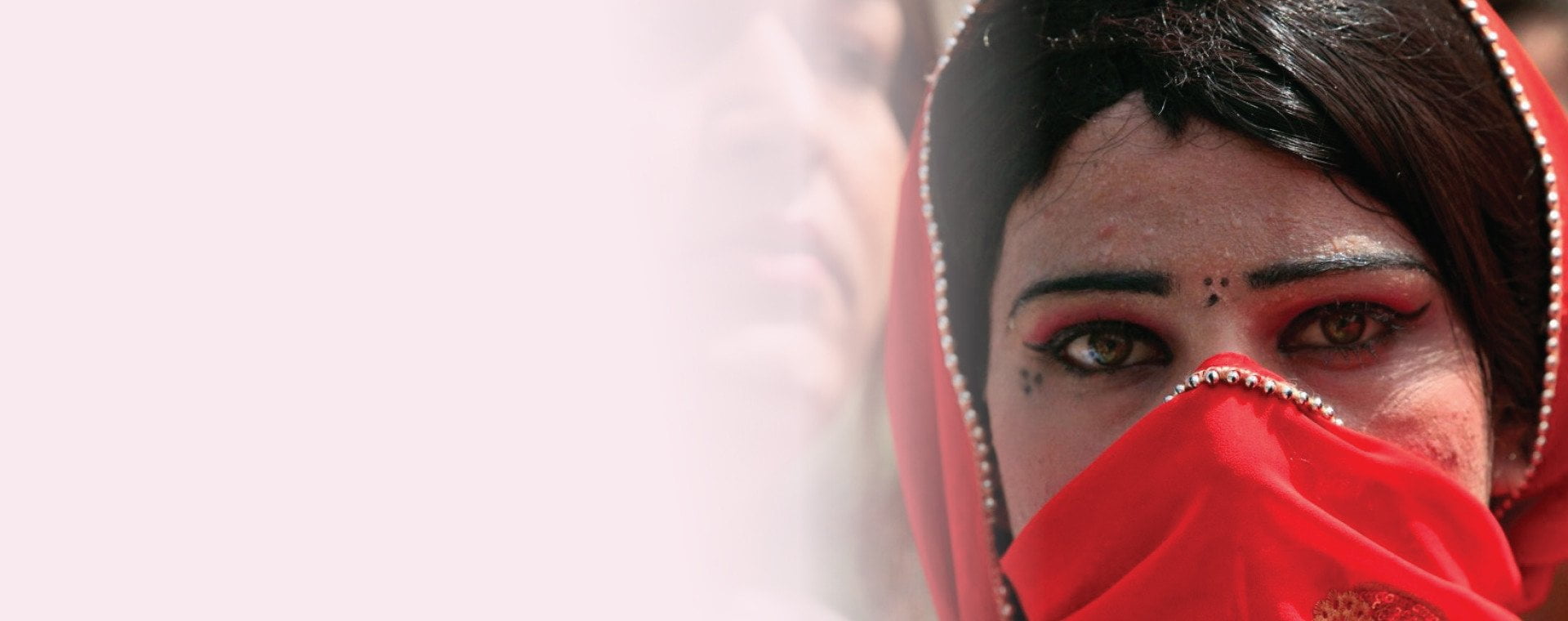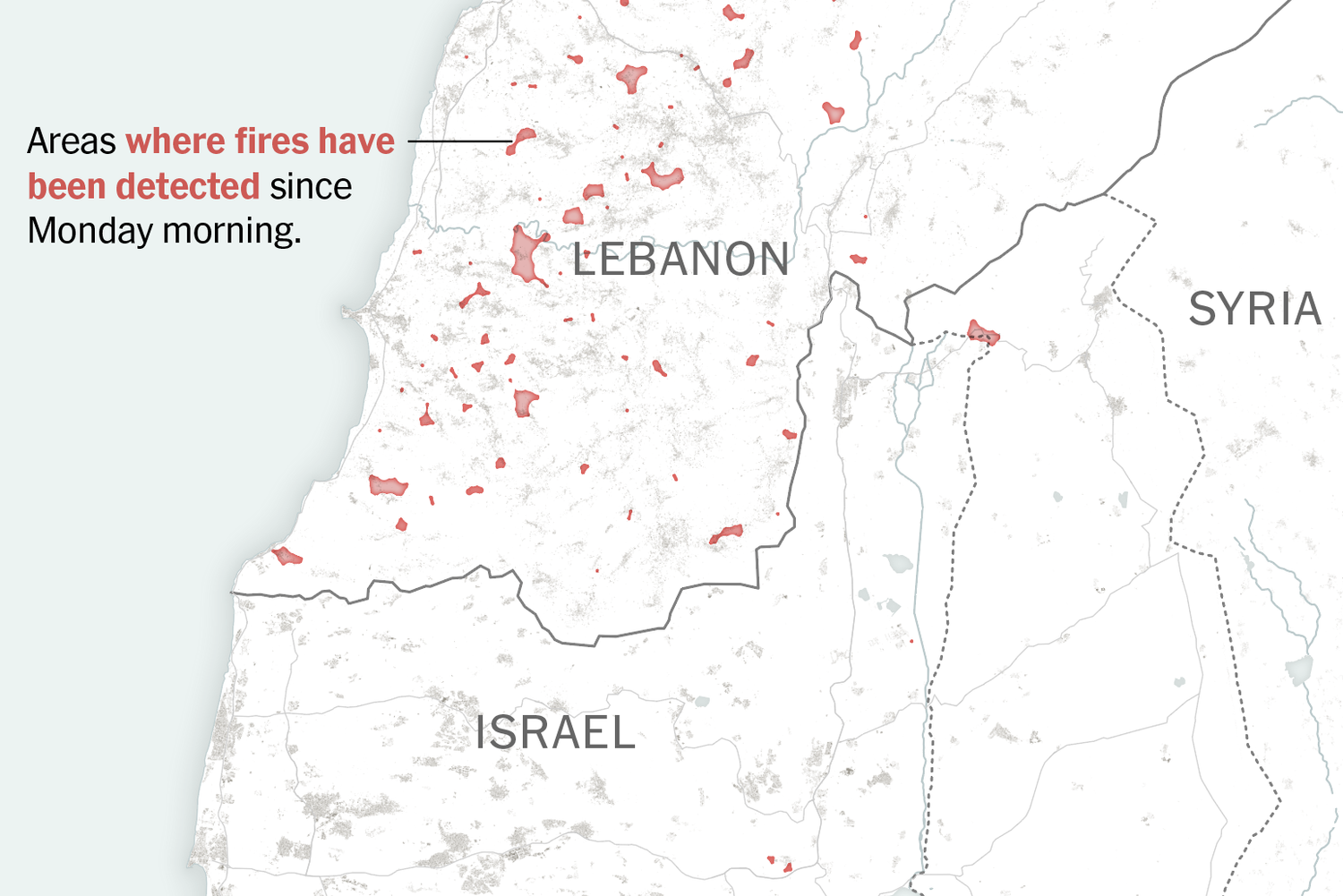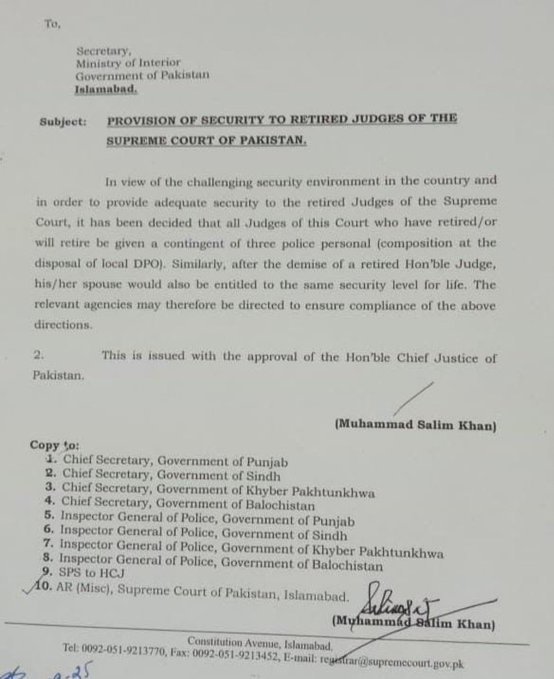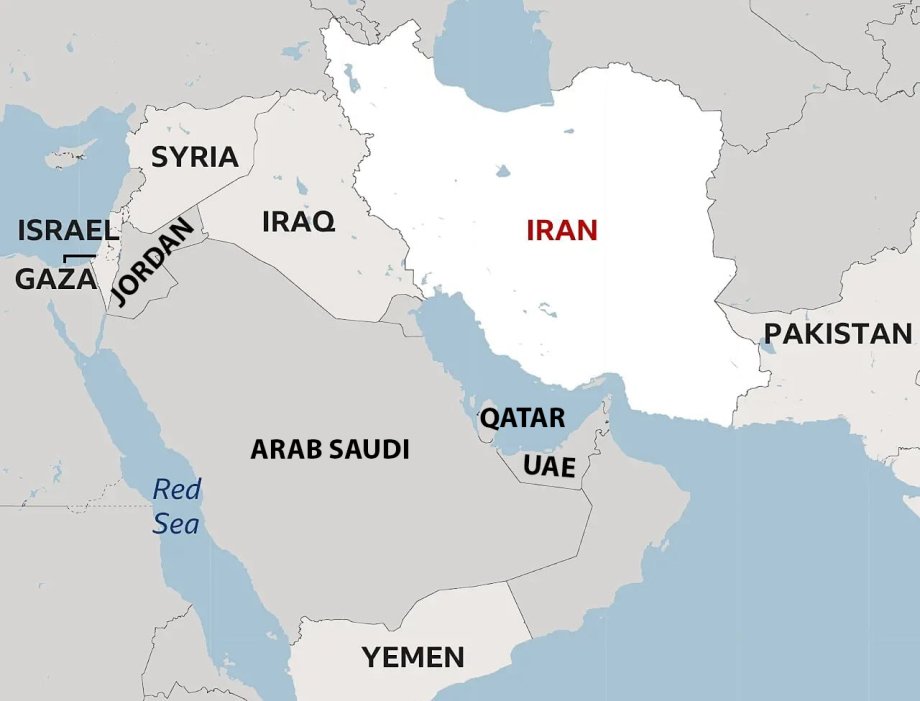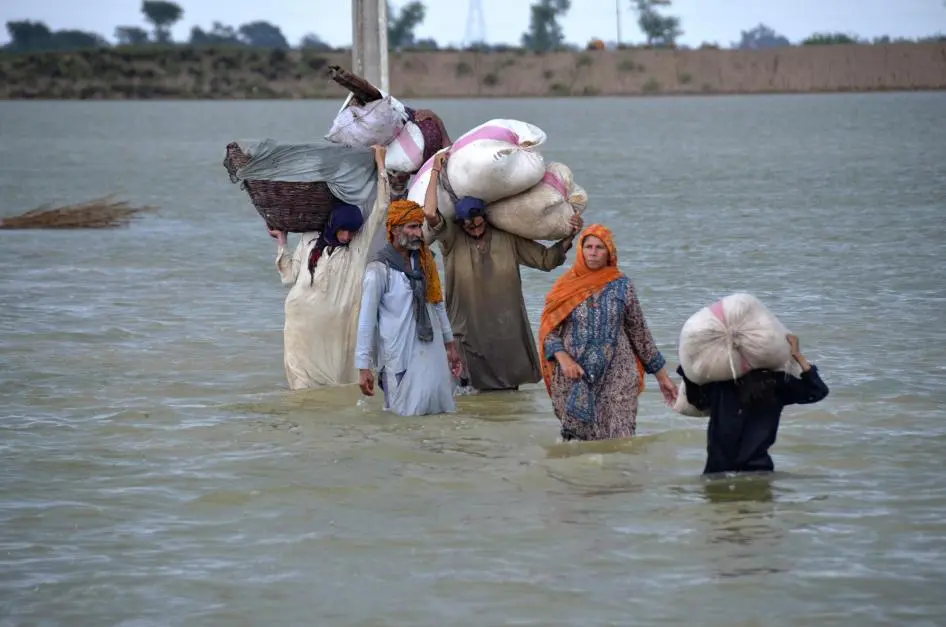Doctor Amina Yousaf
The Global Gender Gap Report 2025 has delivered a stark and painful verdict for Pakistan: it now ranks 148 out of 148 countries — the lowest in the world. With its gender parity score slipping further from 57% to 56.7%, this is more than a numerical decline; it is a reflection of systemic dysfunction rooted in patriarchal traditions, political neglect, and institutional failure. This continuing slide in gender parity paints a grim picture of how women are excluded from economic, educational, and political life, and how their safety, dignity, and rights are consistently undermined.
Among the four pillars used to measure gender parity — economic participation, education, health, and political empowerment — Pakistan’s performance remains deeply troubling. The most alarming indicator is economic participation, where Pakistan ranks 147. Women make up only 25% of the formal labour force — a decline from the previous year’s already-low baseline. This signals that efforts to include women in the workforce are not just stagnant, but regressing. Societal barriers, lack of job security, harassment, and absence of supportive labour policies continue to exclude women from gainful employment, while the government fails to enforce pro-women economic initiatives.
Education, often cited as the key to long-term empowerment, shows a marginal improvement with a 1.5% rise in parity. However, this minor increase is misleading — driven not by a surge in female enrolment but by a drop in male participation in tertiary education. The reality remains that millions of Pakistani girls remain out of school, especially in rural areas. Early marriage, cultural restrictions, and lack of infrastructure have denied generations of girls their right to education, limiting their opportunities and perpetuating cycles of dependence and poverty.
In terms of health and survival, Pakistan ranks 131, reflecting the poor state of healthcare available to women. Maternal mortality remains high, access to quality reproductive health services is limited, and women continue to suffer from nutritional deficiencies and unsafe delivery conditions. Rural women, in particular, bear the brunt of this neglect, as public health facilities remain understaffed, underfunded, and out of reach. These figures underscore the chronic institutional apathy toward women’s health and wellbeing.
Political empowerment fares no better, with Pakistan ranked at 118. While the presence of women in parliamentary seats may seem like progress, most female politicians hold office through quota systems and seldom wield real power. The absence of direct electoral representation, along with weak party-level support for women candidates, has left the political space dominated by male voices. Moreover, many female leaders refrain from taking strong positions on women’s rights, weakening the potential for genuine political advocacy and reform.
Perhaps the most distressing insight is the prevalence of violence against women and the state’s utter failure to provide justice. Pakistan’s conviction rate for rape is a mere 3%. In Punjab alone, out of 60,217 reported cases in 2024, only 924 suspects were convicted, while more than 2,300 were acquitted — many due to police negligence and flawed investigations. This dismal rate reflects a broader crisis in the criminal justice system, where survivors face more trauma seeking justice than in the violence itself. The system’s patriarchal mindset and procedural corruption discourage reporting and deny women their right to protection.
Compounding this injustice is the lack of resolve shown by women in leadership. Instead of challenging misogynistic structures, many adopt cautious, symbolic roles that do little to disturb the status quo. Their reluctance to speak boldly or push legislative reforms only reinforces existing power hierarchies, making change nearly impossible. Political will, already weak among male leaders, is further diluted when women in power remain passive.
The report also presents some puzzling inconsistencies. For instance, India ranks low at 131 due to its troubling record on gender-based violence, but Afghanistan, under a Taliban regime that has stripped women of basic rights, is curiously absent from the rankings. Even more perplexing is that Pakistan falls below war-ravaged countries like Sudan and Yemen, where internal conflict and displacement have made life nearly impossible for women. This raises questions about data collection methods and index design — but does not erase the core truth that Pakistan is failing its women.
It’s also worth noting that Pakistan’s informal economy employs a significant number of women whose contributions are neither acknowledged nor recorded in official data. Were these contributions properly documented, the gender gap might appear smaller — yet this remains speculative. The larger point is that uncounted work still reflects unvalued lives in the eyes of policymakers.
What is needed is not just better data, but deeper reform. Pakistan must prioritize inclusive labour policies, improve access to quality education for girls, reform its health infrastructure, and overhaul its judicial system to protect women from violence. Political parties must invest in building female leadership from the ground up and create space for women to participate meaningfully in shaping public policy.
The Global Gender Report 2025 is not just a reminder of where Pakistan stands in global rankings; it is a wake-up call to a nation that must choose between regression and reform. Gender equality is not a peripheral issue. It is central to development, peace, and national progress. Pakistan’s future cannot be imagined — let alone built — without its women.







